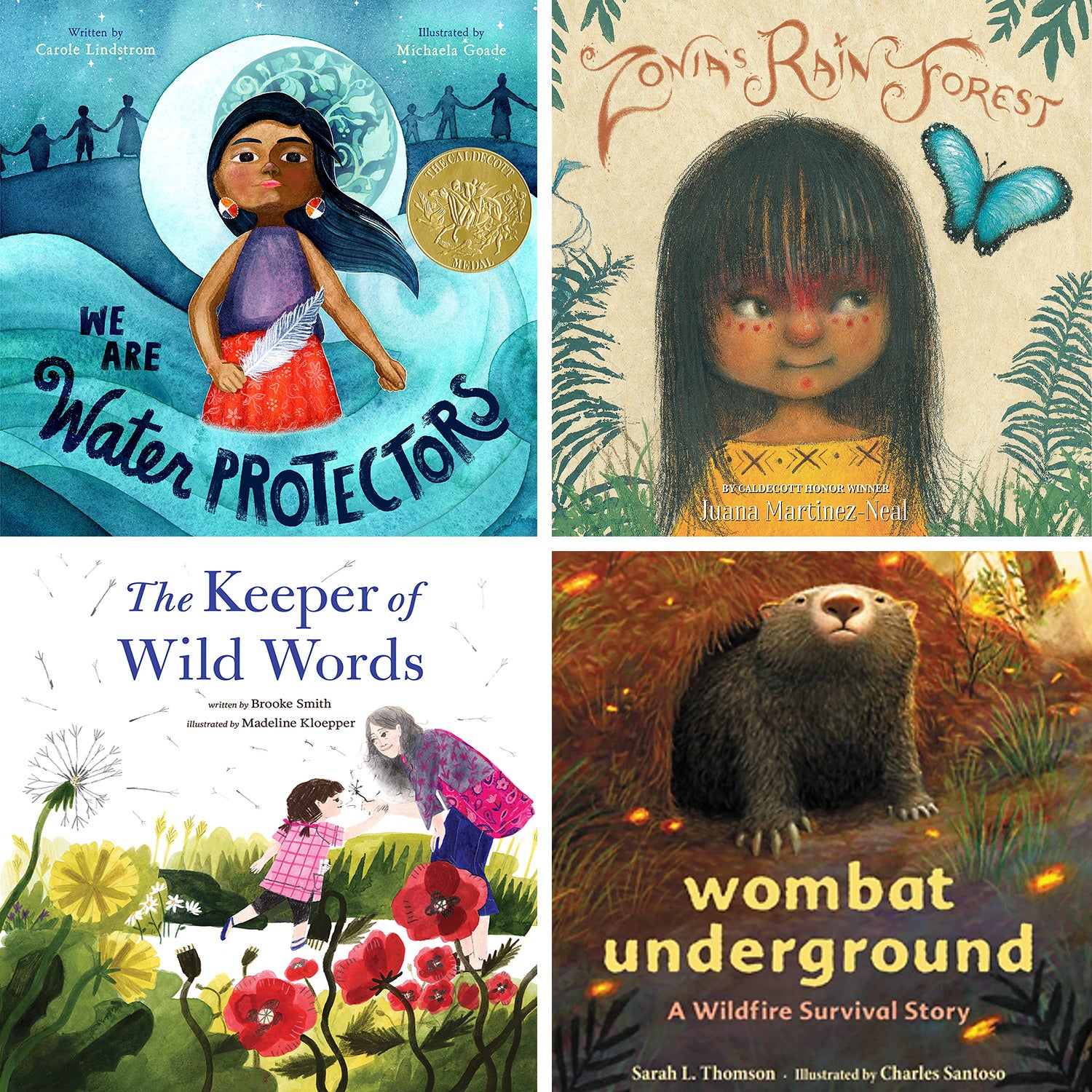Whenever my four-year-old daughter, Josephine, and I visit a library, she runs straight past the children’s nonfiction section—packed with information about animals, ecosystems, and environmental issues—and makes a beeline for the storybooks. Like most humans, her brain is hardwired to learn through stories, and her favorites involve talking animals, struggles between good and evil, and kids like her who go on adventures.
I love how these books spark her imagination. But as an environmental journalist, I also appreciate those that teach Josephine to be a good steward of the earth. Fortunately, a slew of new children’s fiction weaves together suspenseful storytelling and beautiful illustrations to introduce four-to-eight-year-olds to heavy topics like climate change, pollution, and deforestation. Most important, these books also give children a sense of agency and hope, so they aren’t left feeling powerless. Here are a few of our favorites.
Wombat Underground: A Wildfire Survival Story, Written by Sarah L. Thomson, Illustrated by Charles Santoso
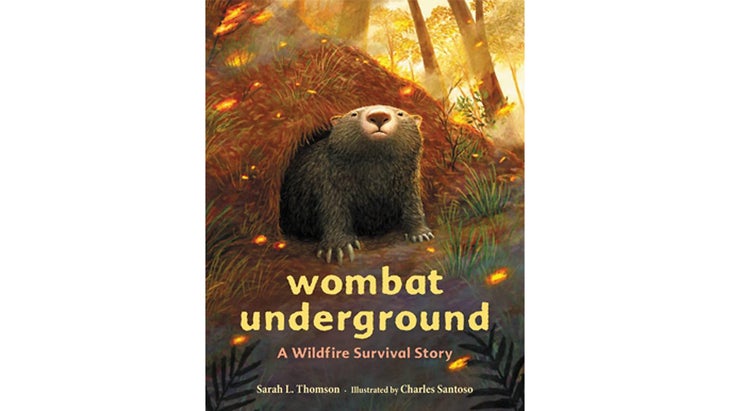
Living in the fire-prone American West, Josephine��is already familiar with wildfires and wildfire smoke, and she’s becoming curious about how animals withstand threats that force humans from our homes. is set in Australia and shows how a variety of creatures survived��the country’s��devastating 2019–20 wildfire season by seeking refuge in underground wombat caves. With a solid dose of drama and danger, as well as explanations at the end of the book about fires and Australian wildlife, this story presents a real-life example of how communities, both wild and human, are more resilient when they work together.
We Are Water Protectors, Written by Carole Lindstrom, Illustrated by Michaela Goade
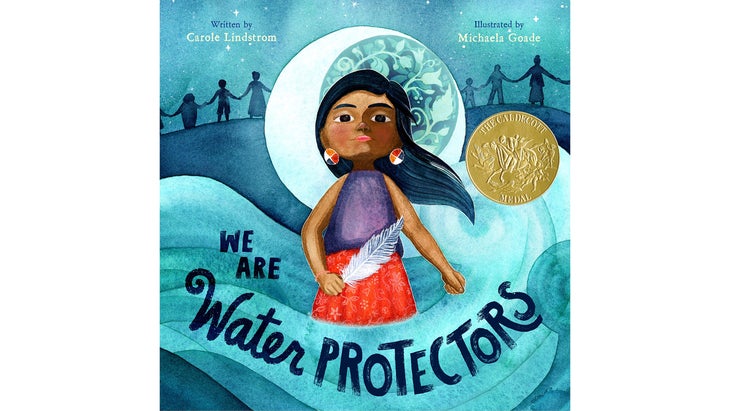
Author Carole Lindstrom, who is a member of the Turtle Mountain Band of Ojibwe, and illustrator Michaela Goade, a member of the Tlingit and Haida tribes, won the prestigious Caldecott Medal last year for . The book follows a young girl who learns of a prophecy that a “black snake” will one day threaten her people’s water, animals, and land. When that snake arrives in the form of an oil pipeline, the girl must join her community to fight for “those who cannot fight for themselves: the winged ones, the crawling ones, the four-legged, the two-legged, the plants, trees, rivers, lakes.”
The story was inspired by the Standing Rock protests and other Indigenous-led acts of resistance, and its��poetic language and lustrous illustrations make this book applicable to any communities advocating to protect their home.
Better than New: A Recycle Tale, Written by Robert Broder, Illustrated by Lake Buckley
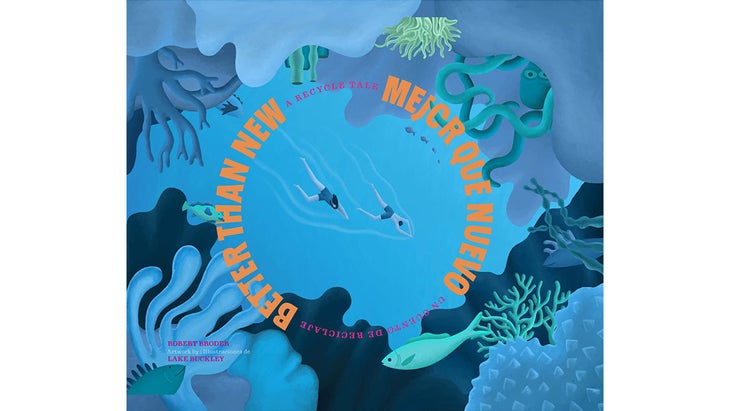
, published by Patagonia in both Spanish and English, depicts two children from a small fishing village in Chile who rescue a sea lion entangled in an abandoned fishing net. The two kids, Isidora and Julian, haul the net out of the sea and bring it to a local recycling center, where it’s made into new clothes for playing at the beach.
Recycling can be a tricky concept for little kids to grasp, so I appreciate how this book clearly shows how harmful trash can be transformed into something useful. It inspired a change in behavior in our family, from making sure we put cans in the recycling bin to turning food scraps into compost for our garden. While I applaud Patagonia’s mission to use its business to help the environment, this book—which coincides with the release of quick-drying infant- and toddler-size shorts made from recovered fishing nets—also feels a bit promotional.
The Keeper of Wild Words, Written by Brooke Smith, Illustrated by Madeline Kloepper
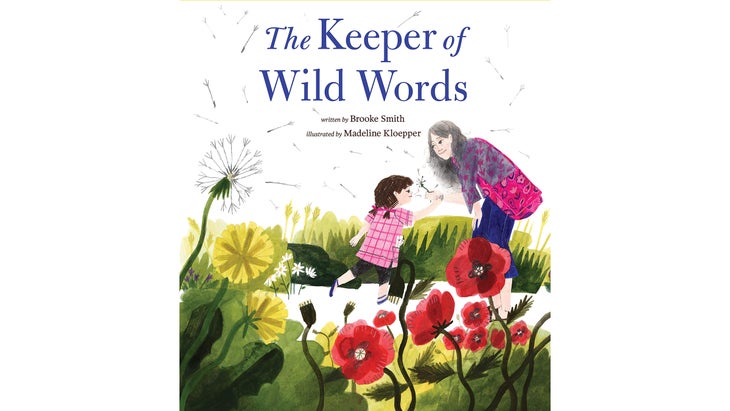
This story tells of a grandmother and granddaughter who look for words that are in danger of disappearing form the English language. (Wren,��buttercup, minnow, and monarch were��recently�� to make room for words like database and voicemail.)��The only way to keep wild words from being lost is to use them, the grandmother explains, so she takes her granddaughter on a hunt through meadows, woods, and fields to search for them.
I love that the narrative arc of is a journey, and that it so fluidly prompts kids and caregivers to search for and learn about the language of the nature��on their own. After reading it, Josephine and I went out in our neighborhood looking for sage and scrub jays, piñons and ponderosas. Saying the words out loud felt like a way of paying attention to the world ��around us—and paying attention, as we learned from the book, is the best way to ensure something isn’t lost.
Zonia’s Rain Forest, Written and Illustrated by Juana Martinez-Neal
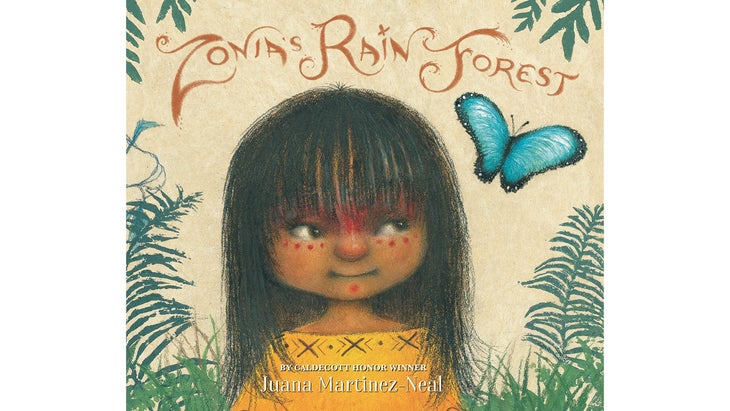
Zonia is an Indigenous��Asháninka girl living in the Peruvian Amazon, enthralled by the creatures with whom she shares her world. One day she encounters a clear-cut��forest and realizes that the the rainforest needs people like her to protect it. As in��We Are Water Protectors, this book shows that the people who know a place most intimately are best suited to defend it from ill-meaning and ignorant outsiders—and have the self-determination to do so. With vibrant illustrations printed on locally made banana-bark paper, as well as supplementary information on and a translation of the Asháninka language��at the end, offers a window into a different way of life for curious children.


